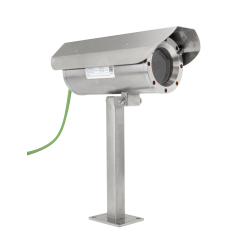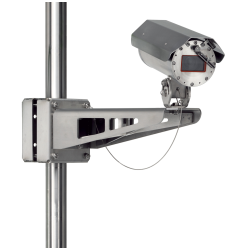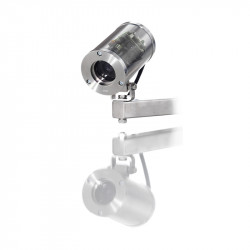Cameras and Digital Camera [Ex]
What is video surveillance?
Video surveillance is a system that allows the observation of selected areas using industrial cameras. The images are transmitted to a control center, where operators can monitor the situation in real time. This system detects threats and helps prevent damage. Video surveillance is used in various environments, including explosion-hazard areas, thanks to specialized cameras.
CCTV monitoring is one of the most popular types of video surveillance. These systems are known for their high reliability and adaptability to various conditions. Depending on the needs, CCTV monitoring can include basic systems or advanced solutions integrating different types of cameras and sensors.
DACPOL offers CCTV camera models tailored to different needs and environments. They can be installed indoors and outdoors, even in harsh weather conditions. Both analog and digital cameras are available.
How does video surveillance work?
Video surveillance is based on a network of cameras connected to a central receiving system. The cameras record the footage, which is transmitted to operators. This allows for the monitoring of objects and archiving of data for later analysis.
CCTV (Closed Circuit Television) systems are a popular solution for video surveillance. They provide effective observation and event recording, quick identification of threats, and real-time response. They allow monitoring of both indoor and outdoor areas. Additionally, camera recordings can be used as evidence in disputes.
This is a versatile solution that is used in various industries, from manufacturing to retail. The CCTV system is easy to install and operate, and its flexibility allows it to be adapted to specific customer needs.
Video surveillance at work – safety first
Video surveillance at work is a tool that ensures the safety of employees and the protection of property. Cameras in the workplace allow real-time monitoring of employee activities and detecting unwanted events. The system is particularly important in high-risk industries, such as the chemical or energy sectors.
The introduction of video surveillance requires compliance with GDPR regulations. Therefore, you must inform people about being recorded and the purpose of data processing. Surveillance must not violate the privacy of individuals in the monitored area.



























